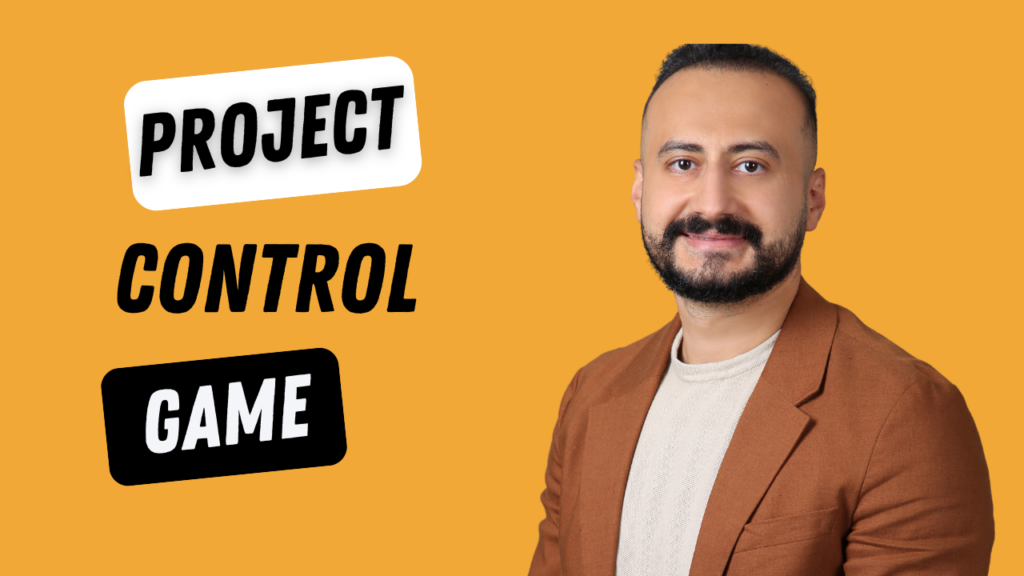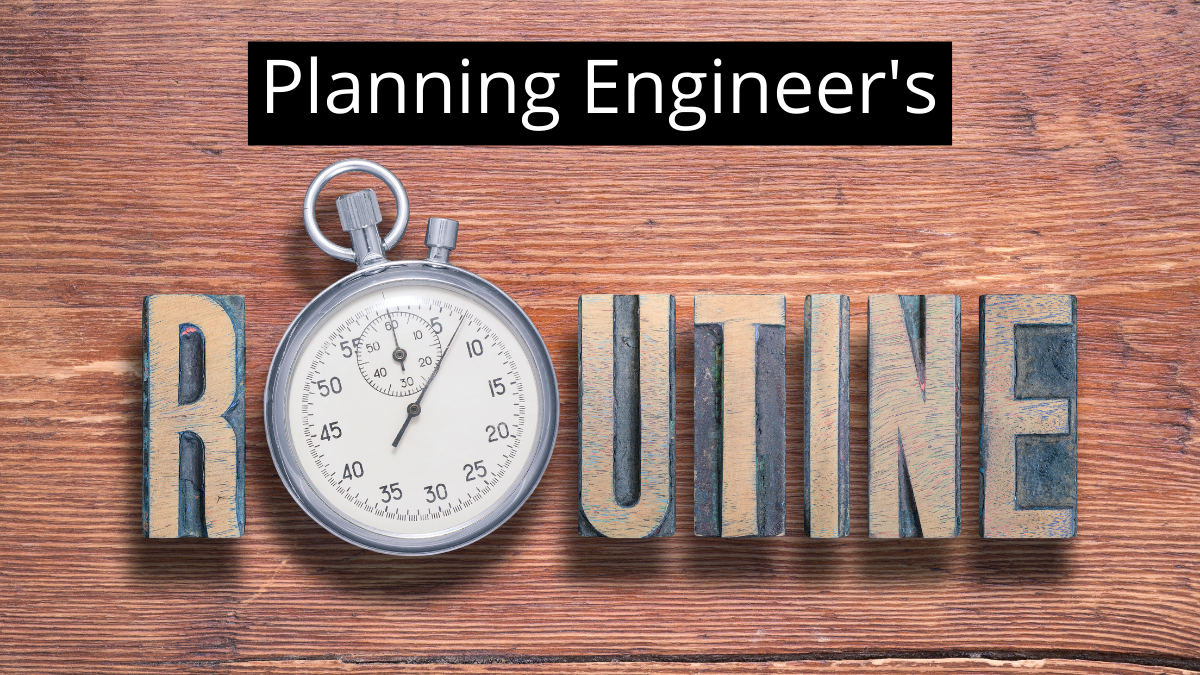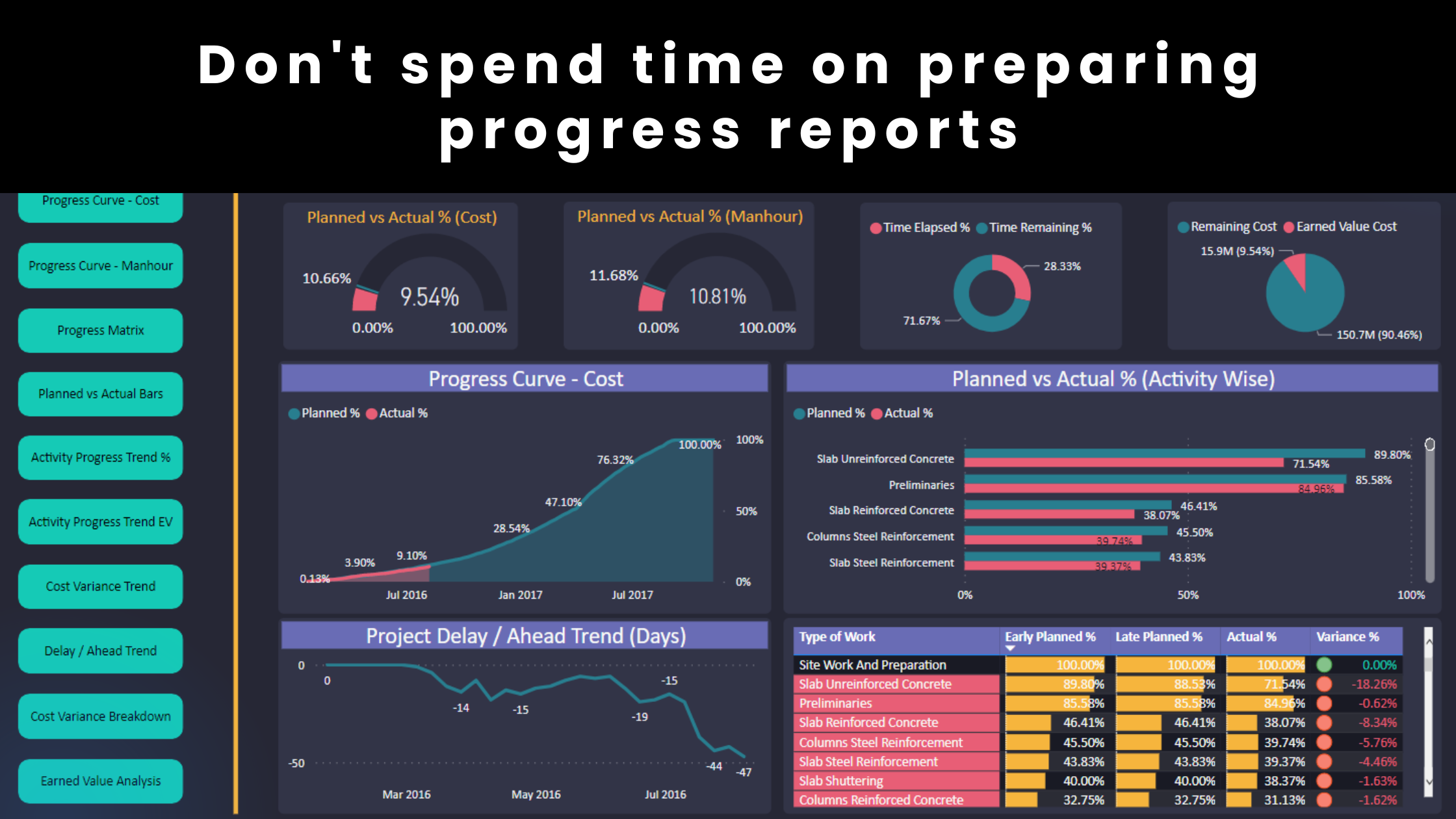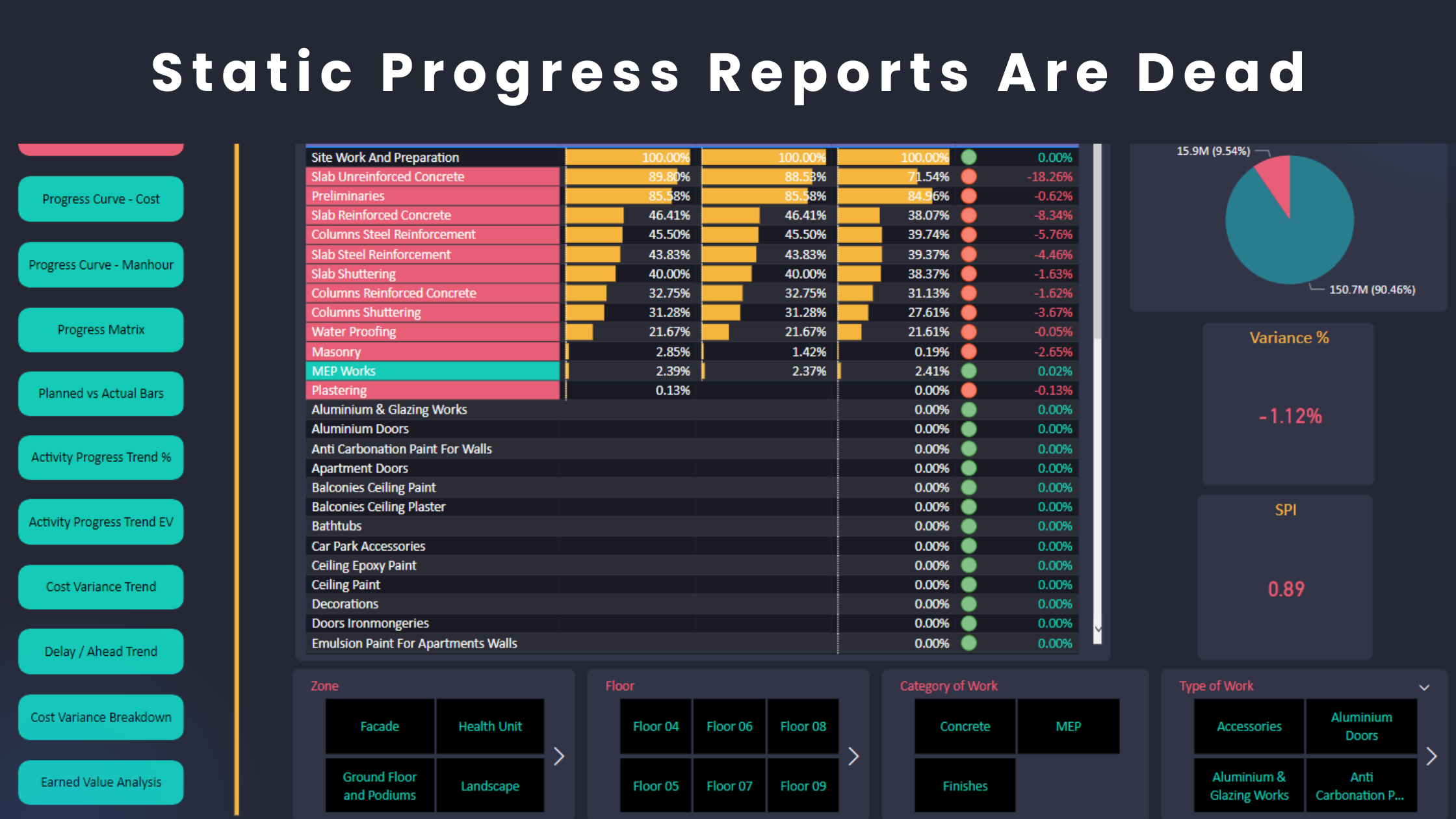When we think about project control, we often associate it with detailed schedules and budgets. But what if we could explain it in terms of something more relatable like a game of tennis? Believe it or not, the dynamics of project control share similarities with a tennis match. Here’s how project control is just like a tennis game:
1. The Serve = Baseline Schedule
In tennis, the serve sets the tone for the match, dictating the pace and direction of the rally. In construction, the baseline schedule acts as the project’s “serve,” establishing the timeline, sequence, flow and pace of activities. A strong serve can give a player the upper hand. Similarly, a well-defined baseline schedule provides clarity and sets the foundation for success. Start with a strong baseline “serve”.
2. Rallies = Reports and Actions
The back-and-forth nature of rallies in tennis mirrors the constant project control effort. As a planner, your job is not only to report the progress status but communicate the necessary actions to get the project back on track. After the report is completed, every decision made influences the next move, whether it’s making schedule changes, developing recovery measures, drafting correspondences or initiating meetings. Afterwards, you need to evaluate the effectiveness of these actions. Like in tennis, a winning project control rally requires focus, communication and hard work.
3. Anticipation = Delay Analysis
Great tennis players read their opponent’s moves and adjust their game accordingly. Similarly, in project control, the planner must anticipate the delay risks using a strong data analytics model that helps them identify delay events as soon as they arise. By staying one step ahead, planners can mitigate the project delays before they escalate, just as a tennis player prevents their opponent from gaining the upper hand.
4. Scoring Points = Progress Milestones
Every point scored in tennis is a step toward victory. In construction, milestones are the “points” that indicate progress toward the ultimate goal. A great rally is fun but the players are there to win. It doesn’t matter how hard you work on your projects if you don’t achieve the desired outcome. You will lose focus sometimes, make mistakes in the baseline and have mistyped errors in your reports. Even the best tennis players miss a shot now and then. What separates champions from the rest is how quickly they recover and refocus. You need to play the long game.
5. Game Momentum = Project Momentum
In tennis, momentum is everything. A single well-executed point by the player who is losing can shift the energy of an entire match. I’ve seen that the project team often relaxes and loses momentum after a major milestone is achieved. However, I believe that this is the perfect time to work even harder and keep momentum. On the other hand, a delay in one phase can ripple across the timeline since the schedule network includes multi-dimensional dependencies among all project activities.
Project control is a game where every serve, rally, and point counts. Like in tennis, the ultimate goal is to win but in this case, it’s delivering a project on time and within budget.
Regards,
Osama Saad, MBA, PMP, PSP, CCP, PMI-SP
Learn More!










